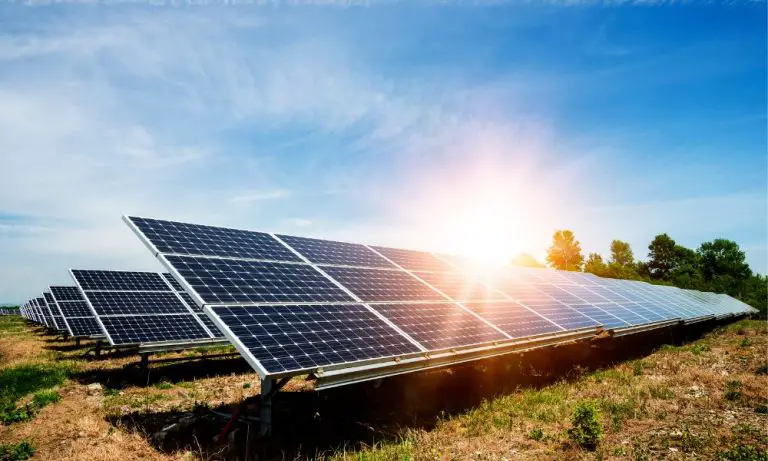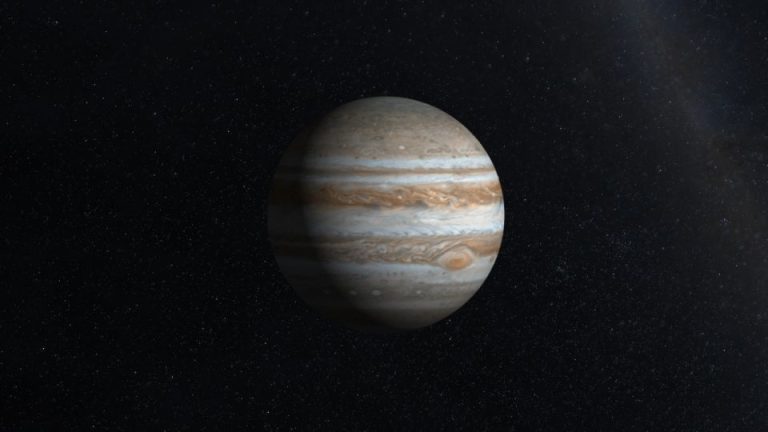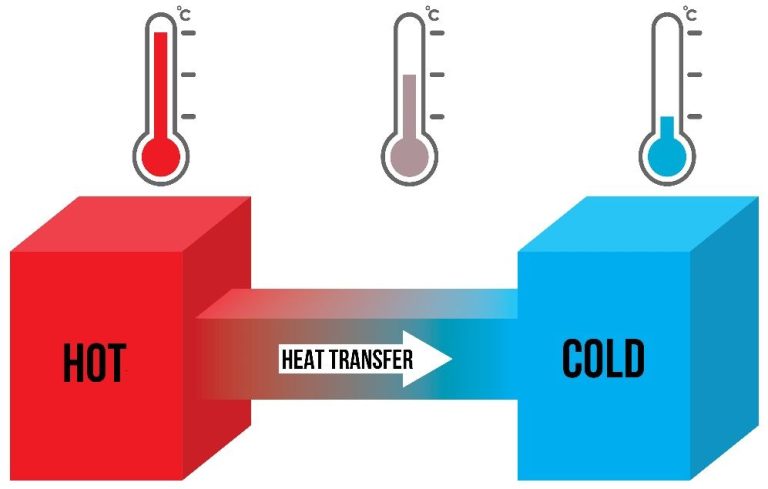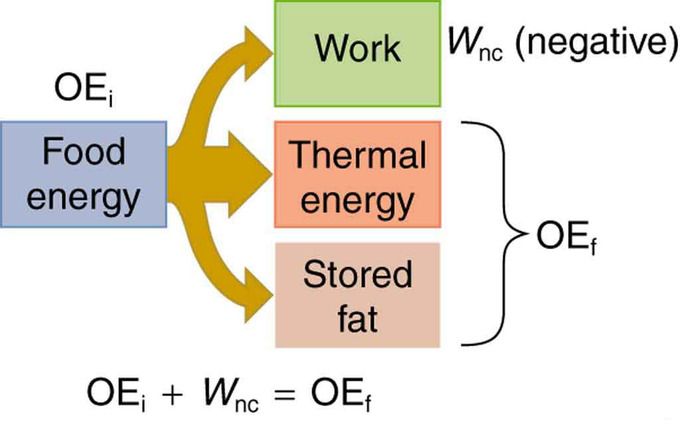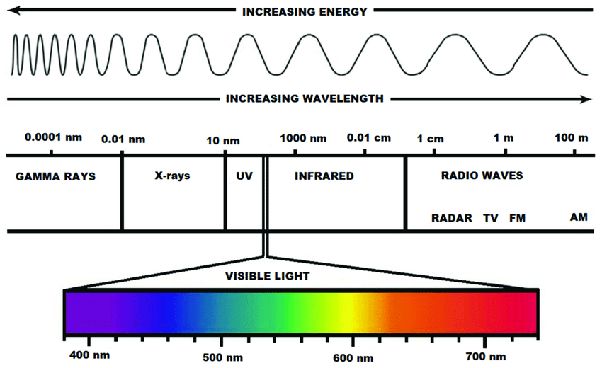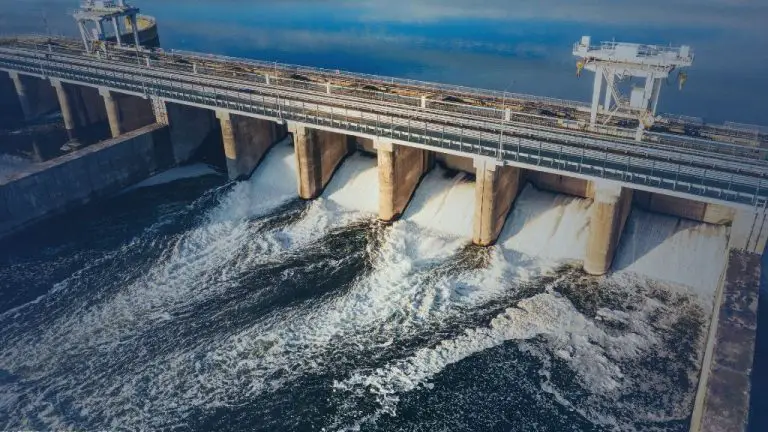How The Light Reactions Convert Light Energy Into Chemical Energy?
Overview of Photosynthesis
Photosynthesis is the process plants and some bacteria use to convert sunlight into chemical energy they can use for growth. This chemical energy is stored in carbohydrate molecules, such as sugars. Photosynthesis occurs in plant cells, specifically in the chloroplasts.
The process of photosynthesis is commonly divided into two stages: the light reactions and the dark reactions. The light reactions convert sunlight into chemical energy, producing ATP and NADPH. The dark reactions use these products to fix carbon dioxide into glucose. The light reactions occur in the thylakoid membranes within the chloroplast, whereas the dark reactions take place in the stroma of the chloroplast.
The Light Reactions
The light reactions occur in the thylakoid membranes within the chloroplasts of plant cells. This is where the initial steps of photosynthesis take place by converting light energy into chemical energy.
The light reactions utilize chlorophyll and other photosynthetic pigments to absorb photons and excite electrons to a higher energy state. The energized electrons are then transported through an electron transport chain, which generates the energy carriers ATP and NADPH through a series of redox reactions.
There are two interconnecting photosystems involved in the light reactions. Photosystem II uses light energy to split water molecules, releasing oxygen as a byproduct. The electrons freed from water are excited and passed along to photosystem I, which boosts them to an even higher energy level. The high-energy electrons are then sent down the electron transport chain, driving the synthesis of ATP and NADPH.
In summary, the light reactions harness the power of light to produce chemical energy carriers that will be used in the next stage of photosynthesis. This initial conversion of light energy into chemical energy is essential for powering the Calvin cycle reactions that follow.
Photosystems
Photosynthesis begins when light is absorbed by complexes called photosystems. There are two types of photosystems involved in the light reactions of photosynthesis – Photosystem II and Photosystem I.
Photosystem II is present on the thylakoid membranes inside chloroplasts. When light is absorbed by chlorophyll in Photosystem II, it results in the excitation of electrons from this complex. Photosystem II gets its name because it was discovered after Photosystem I.
Photosystem I contains a special chlorophyll molecule called P700 which can absorb light at 700nm wavelength. Light energy causes excitation of electrons in this photosystem as well. Photosystem I gets its name because it was the first photosystem discovered during research on photosynthesis.
Both Photosystem II and Photosystem I contain hundreds of chlorophyll molecules that can absorb light energy. The excitation of electrons in these complexes by light energy sets into motion the light reactions of photosynthesis that eventually produce ATP and NADPH.
Electron Transport Chain
The electron transport chain is a series of protein complexes and electron carrier molecules within the thylakoid membrane that shuttle electrons from photosystem II to photosystem I. As electrons are passed along the electron transport chain, they lose energy, which is used to pump hydrogen ions (H+) from the stroma into the thylakoid space. This creates an electrochemical gradient across the membrane.
There are four major protein complexes along the electron transport chain:
- Photosystem II – Passes electrons from water to the electron transport chain
- Cytochrome complex – Accepts electrons from photosystem II and passes them to plastoquinone
- Cytochrome b6f complex – Accepts electrons from plastoquinone and passes them to plastocyanin
- Photosystem I – Accepts electrons from plastocyanin and passes them to NADP+
As electrons move through these protein complexes, energy is used to pump H+ ions into the thylakoid space. This generates the proton gradient that will later drive ATP synthase to produce ATP.
Photolysis of Water
Photosystem II contains chlorophyll that absorbs light energy. This energy is used to split water molecules into hydrogen ions, electrons, and oxygen gas. The reaction occurs at the oxygen-evolving complex of photosystem II. When photons of light hit photosystem II, it energizes electrons in the chlorophyll. These energized electrons are transferred and used to break the bonds between the hydrogen and oxygen atoms in a water molecule.
For each water molecule split, two electrons are released along with two hydrogen ions (or protons) and one oxygen molecule. The electrons are sent to the electron transport chain to generate ATP. The protons contribute to the proton gradient used to power ATP synthase. The oxygen gas is released as a waste product. This splitting of water molecules by photosystem II is called photolysis. It provides the electrons needed to replace those lost from chlorophyll within the reaction center of photosystem II. Photolysis also provides protons for the proton gradient and liberates oxygen needed by most living organisms.
ATP Synthase
ATP synthase is a protein complex located in the thylakoid membrane that produces ATP during the light reactions. It is powered by the proton gradient that is generated across the thylakoid membrane. As protons flow through ATP synthase, down their concentration gradient from the thylakoid space to the stroma, the protein complex converts ADP into ATP.
Specifically, ATP synthase has two main components. There is a rotor that spins as protons pass through it, and a stator that provides a fixed channel. As the rotor spins, it catalyzes the reaction that adds a phosphate group to ADP to generate ATP. So in this way, the energy from the proton gradient is converted into chemical energy in the bonds of ATP.
The ATP generated by ATP synthase can then be used to power other cellular reactions that require an input of energy. This ATP is crucial for plants to be able to fix carbon during the Calvin cycle. Overall, the function of ATP synthase to harness the proton gradient for ATP production represents a key step in the light reactions of photosynthesis.
NADP+ Reduction
The energized electrons from the electron transport chain are accepted by NADP+, the oxidized form of nicotinamide adenine dinucleotide phosphate. NADP+ acts as the final electron acceptor in the light reactions.
When NADP+ accepts the high-energy electrons, it obtains a hydrogen ion from the stroma to become NADPH, the reduced form of NADP+. This makes NADP+ a powerful reducing agent for biosynthesis reactions.
The conversion of NADP+ to NADPH through the addition of electrons and a hydrogen ion is called NADP+ reduction. It represents the last major step in the light reactions before the newly generated NADPH and ATP molecules move on to the Calvin cycle.
Summary
The light reactions of photosynthesis convert light energy into chemical energy that the plant can use. This occurs in several steps within the thylakoid membranes of chloroplasts. Light energy is absorbed by photosystems containing chlorophyll, which excites electrons. These energized electrons are passed along an electron transport chain, which pumps hydrogen ions into the thylakoid space. This creates a proton gradient and generates NADPH. The proton gradient powers ATP synthase, which produces ATP. Overall, the light reactions transform light energy into the chemical energy carriers NADPH and ATP, which will be used in the next stage of photosynthesis, the Calvin cycle. The end result is that the light energy from the sun is converted into chemical energy that the plant can utilize.
Importance
The light reactions of photosynthesis are critical because they provide the energy and reducing power necessary for the dark reactions to occur. Specifically, the light reactions:
– Produce ATP, which provides the chemical energy needed to power the Calvin cycle and subsequent carbon fixation.
– Generate NADPH, which provides the electrons needed to reduce CO2 into carbohydrates.
Without the light reactions, the dark reactions would not have the ingredients they need to synthesize glucose and other organic compounds from carbon dioxide. Therefore, the light reactions allow the entire process of photosynthesis to take place by harnessing the Sun’s energy and converting it into chemical energy that the plant can utilize. They represent the first stage of photosynthesis and make the subsequent reactions possible.
Future Research
Ongoing research aims to improve our understanding of photosynthesis to increase crop yields, develop more efficient solar energy systems, and more. Some key areas of research include:
Improving crop photosynthesis efficiency – Scientists are exploring ways to optimize photosynthesis in major food crops like rice, wheat, and soybeans. Approaches include modifying Rubisco enzymes for better carbon fixation, improving light-harvesting systems, and introducing novel pathways like C4 photosynthesis into C3 plants. The goal is to improve yields to feed the world’s growing population.
Bio-inspired solar energy systems – The excellent light-harvesting and charge separation achieved in natural photosynthesis has inspired biomimetic solar energy devices. Researchers are developing biohybrid and artificial systems that mimic light reactions to efficiently convert sunlight into storable chemical energy. This provides clean, renewable alternatives to fossil fuels.

